LG V40 ThinQ vs Galaxy Note 9
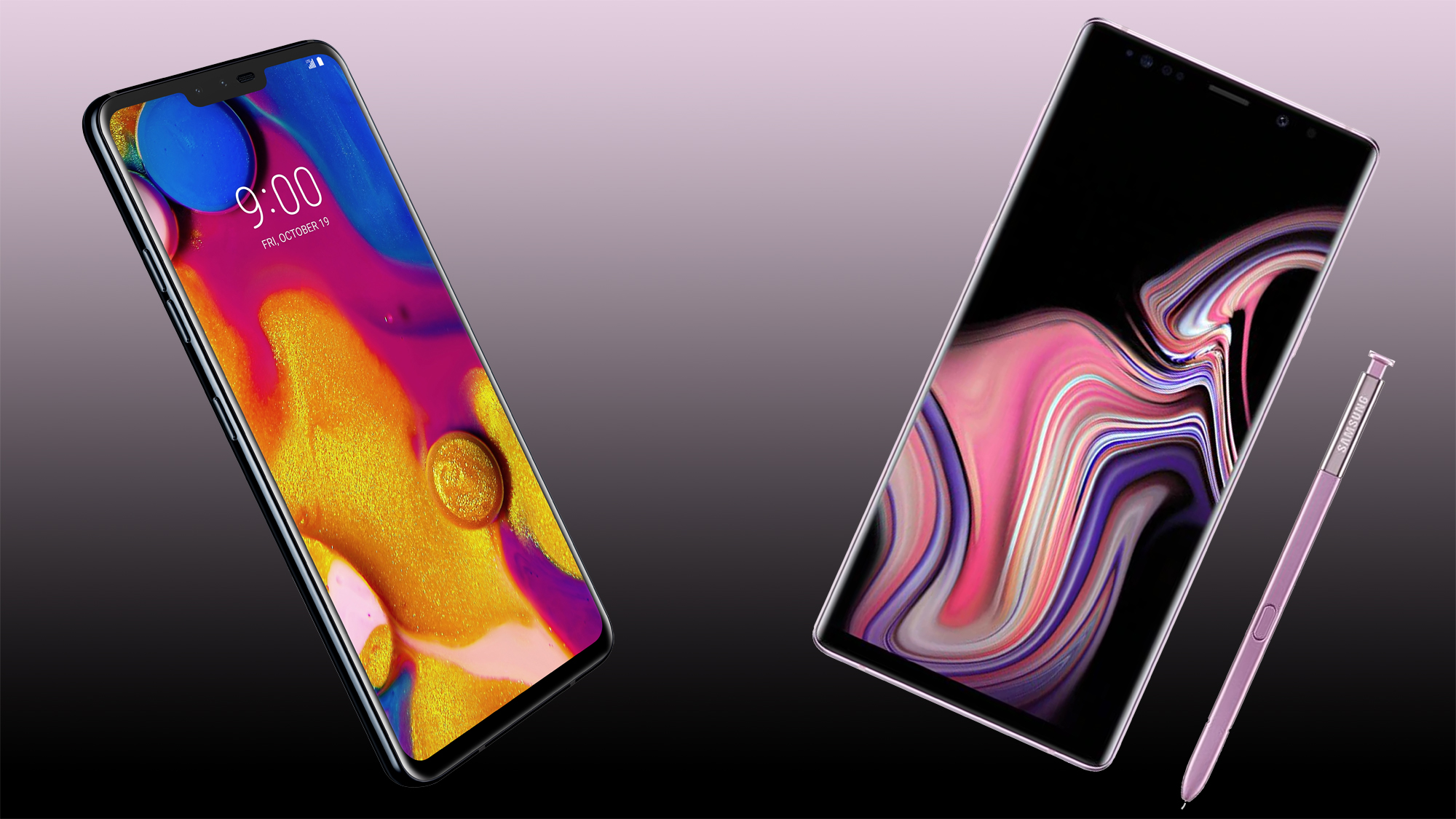
Samsung has such a firm grasp on the high-end Android smartphone market, it can almost be easy to forget there are other manufacturers making great phones. LG has just released the LG V40 ThinQ, which continues the V-series with features and specs that can compete with even Samsung’s latest and greatest handset: the Galaxy Note 9.
But, we want to take a closer look at the two phones and see just how well the LG V40 ThinQ stacks up against the Galaxy Note 9, especially since they are battling on almost the same plane of pricing.
Design and display
The LG V40 ThinQ and Galaxy Note 9 trade blows in the design department. Both feature a a glass front and back with metal frames. Similarly, both position fingerprint reader on the back of the device.
The LG V40 ThinQ’s biometric sensor is a circle placed in the center a slight distance below its three rear cameras, and the Galaxy Note 9’s is a small rectangle just below the two rear cameras. So, that’s one point to the LG V40 ThinQ for having an easily reachable tap to unlock design. Both have facial unlocking as well, though.
The Galaxy Note 9 measures 6.37 x 3.01 x 0.35 inches and weighs in at about 201 grams, while the LG V40 ThinQ comes in smaller and lighter at 6.25 x 2.98 x 0.3 inches and 168 grams. In spite of its reduced size and weight, the LG V40 ThinQ still manages to pack a 6.4-inch display like the Galaxy Note 9. However, the LG V40 ThinQ 19.5:9 screen isn’t curved at the edges and includes the notch so commonly found on the recent slew of nearly bezel-less phones.
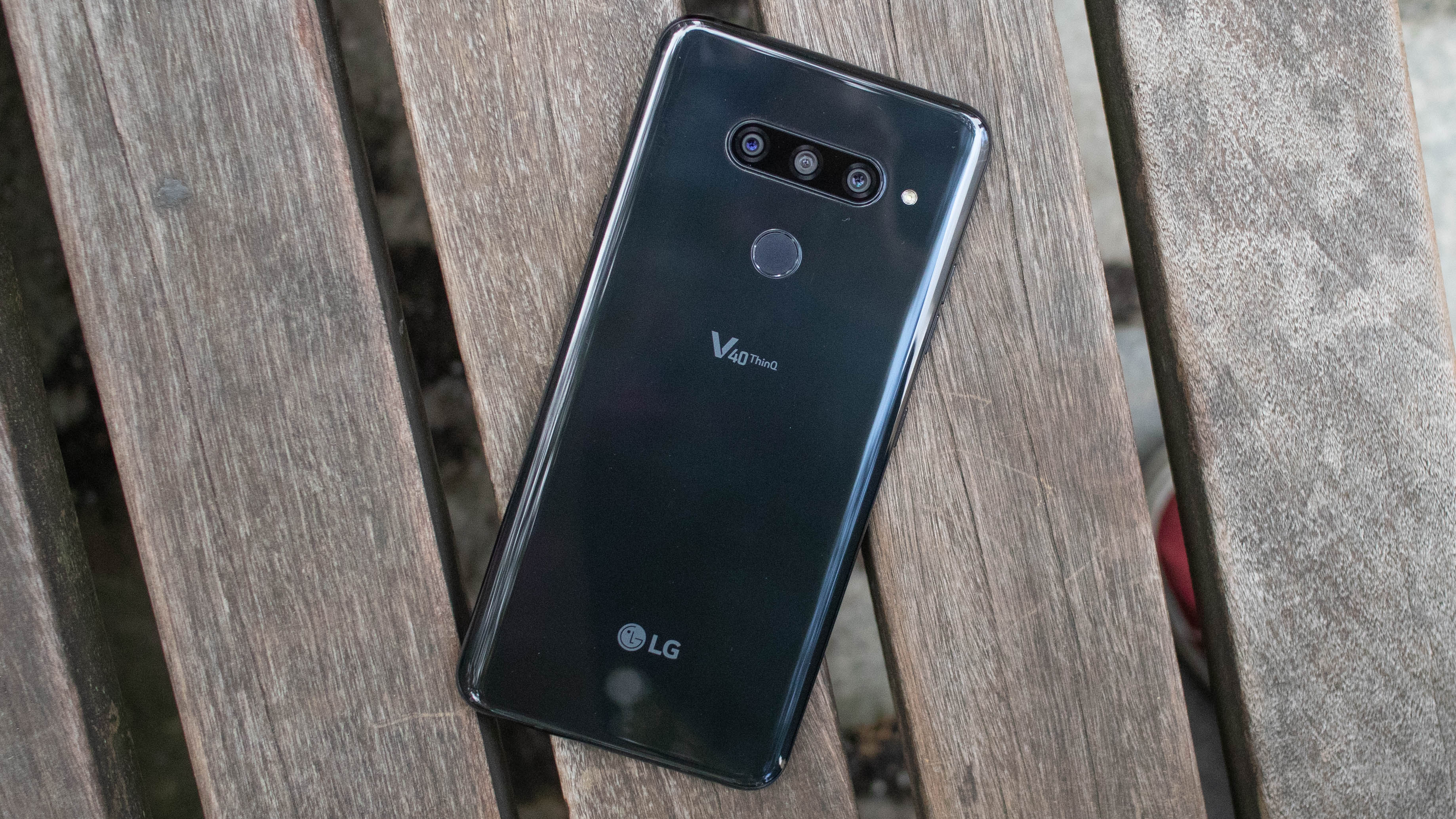
LG V40 ThinQ
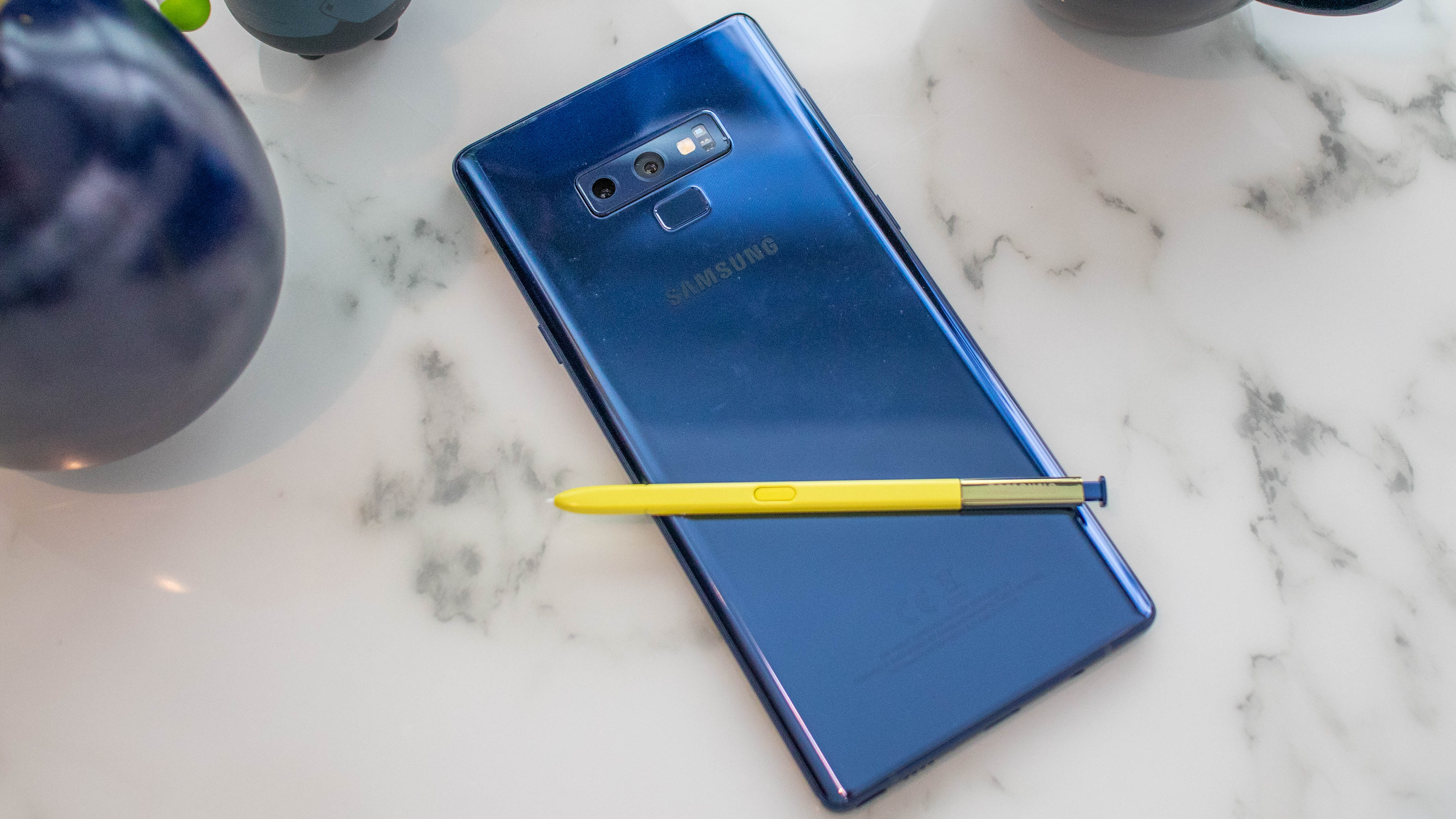
Galaxy Note 9
Both phones have incredible screens. The Galaxy Note 9 features a Super AMOLED display with a resolution of 2960 x 1440 for a tight 516ppi (pixels per inch) that also supports Mobile HDR Premium.
The LG V40 ThinQ surprisingly one-ups Samsung with its own OLED display offering a resolution of 3120 x 1440 for an even sharper 636.9ppi, and it supports HDR10. The notch for the LG V40 ThinQ’s front-facing cameras may annoy some, but it can easily be hidden by blacking out the display space at either side of it.
Sign up for breaking news, reviews, opinion, top tech deals, and more.
Both phones offer IP68 protection against water and dust, which is about as good as it gets for smartphones. Though the LG V40 ThinQ actually goes hardier with MIL-STD-810 certification.
They also both use USB-C ports, which have become standard for flagship Android devices. But, LG’s port is actually a USB 2.0 port despite the USB-C form factor.
The Galaxy Note 9 features stereo audio from its speakers and includes a 3.5mm headphone jack. But, the LG V40 ThinQ offers great audio out of its mono speaker thanks to LG’s Boombox Speaker design. For headphone audio, the LG V40 ThinQ pulls ahead of almost any other smartphone with its high-quality 32-bit Hi-Fi Quad DAC.
It’s odd to think buttons matter in a faceoff, but Samsung’s recent phones have had one contentious button, the Bixby Button. And, the Galaxy Note 9 keeps this button around, despite widespread hate for it. The LG V40 ThinQ actually has its own AI button that activates the much-preferred Google Assistant.
As comparable as these two phones are in design, the Galaxy Note 9 hides away one of its key features: the S Pen. This stylus adds extra functionality to Samsung’s large-screen phone, and it’s almost a surprise not to see LG offer something similar, especially when it has had stylus models in the past with the LG Stylo series.
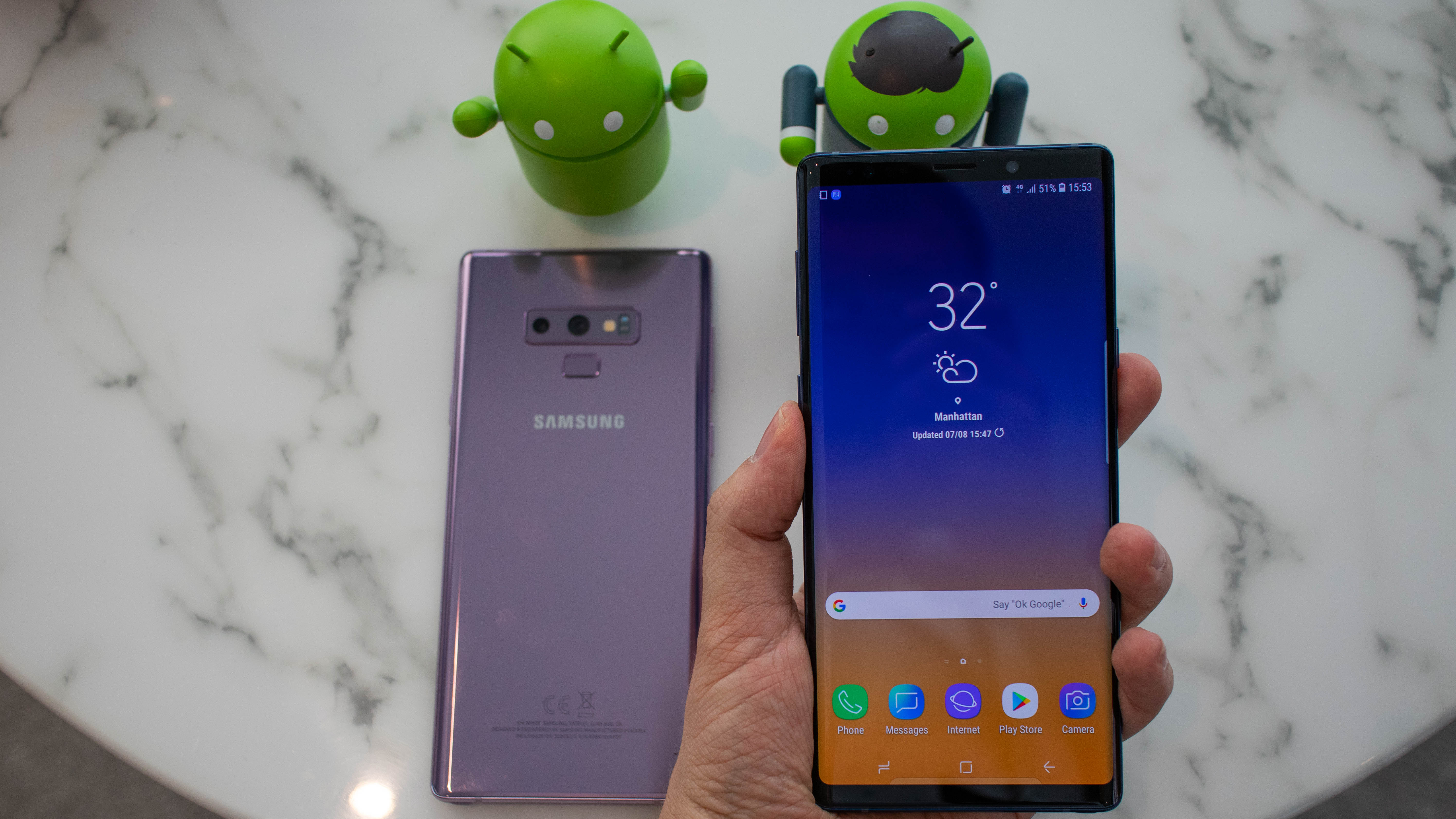
Galaxy Note 9
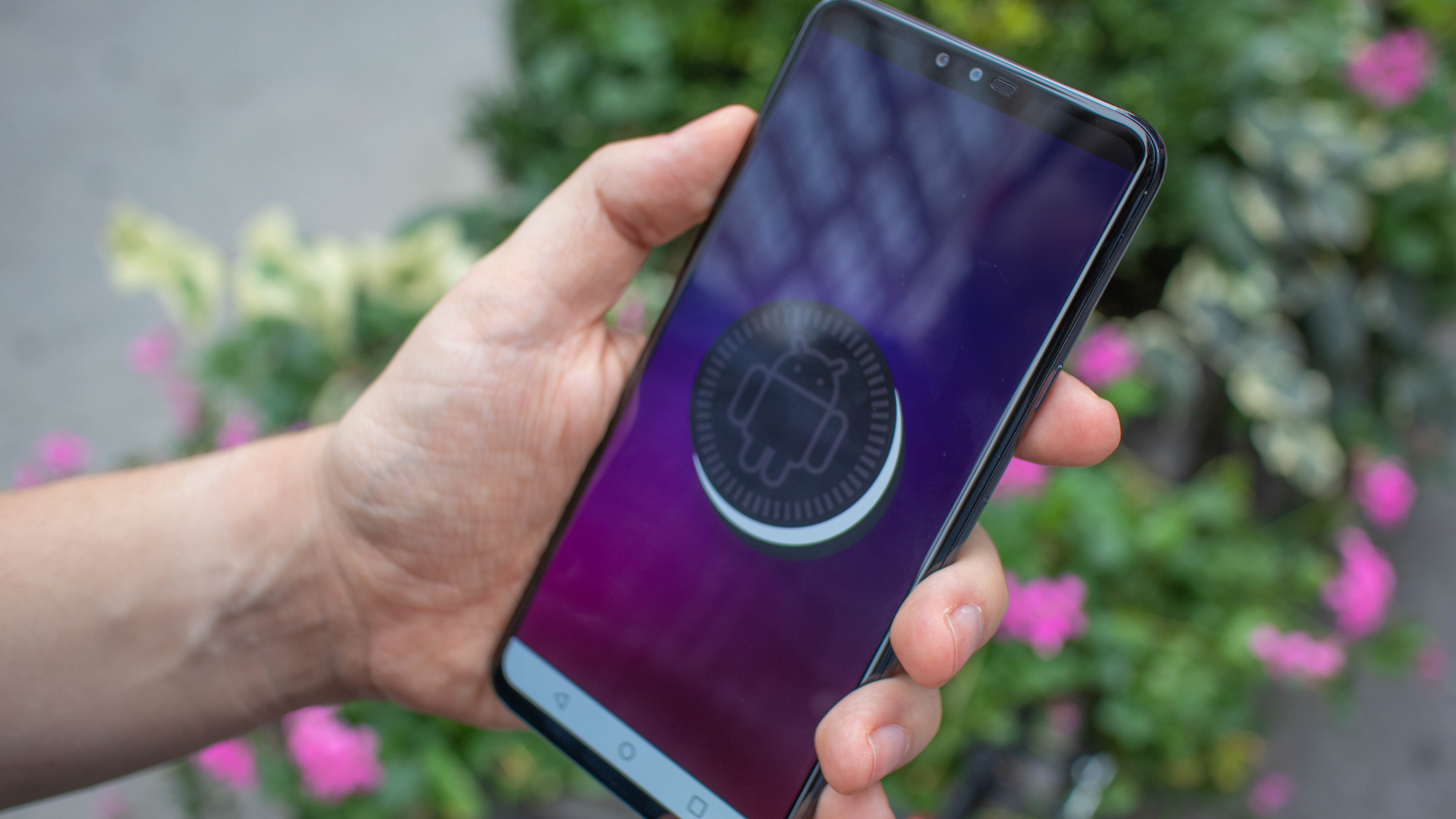
LG V40 ThinQ
OS and power
The LG V40 ThinQ and Galaxy Note 9 are largely comparable on the software and main hardware front. They both come running Android 8.1 Oreo, and we expect both will end up with Android 9.0 Pie in the future. The LG V40 ThinQ comes running on a Snapdragon 845 chipset with 6GB of RAM and 64GB of storage expandable via microSD card.
Samsung’s Galaxy Note 9 comes with either a Snapdragon 845 or Exynos 9810 chipset, which puts it on an even footing with the LG V40 ThinQ. But, the Galaxy Note 9 comes with either 128GB of storage and 6GB of RAM or 512GB of storage and 8GB of RAM. So, however you configure it, it’s got an edge on the LG V40 ThinQ in storage and memory. Plus, it supports a mobile desktop experience when plugged into a computer monitor.
The Galaxy Note 9 also takes a lead in battery. It has a 4,000mAh battery, which is a large step up from the LG V40 ThinQ’s 3,300mAh battery. Both phones support wireless charging and fast charging, though the LG V40 ThinQ may take a lead here thanks to support for the newer Qualcomm Quick Charge 3.0, whereas the Galaxy Note 9 supports Quick Charge 2.0
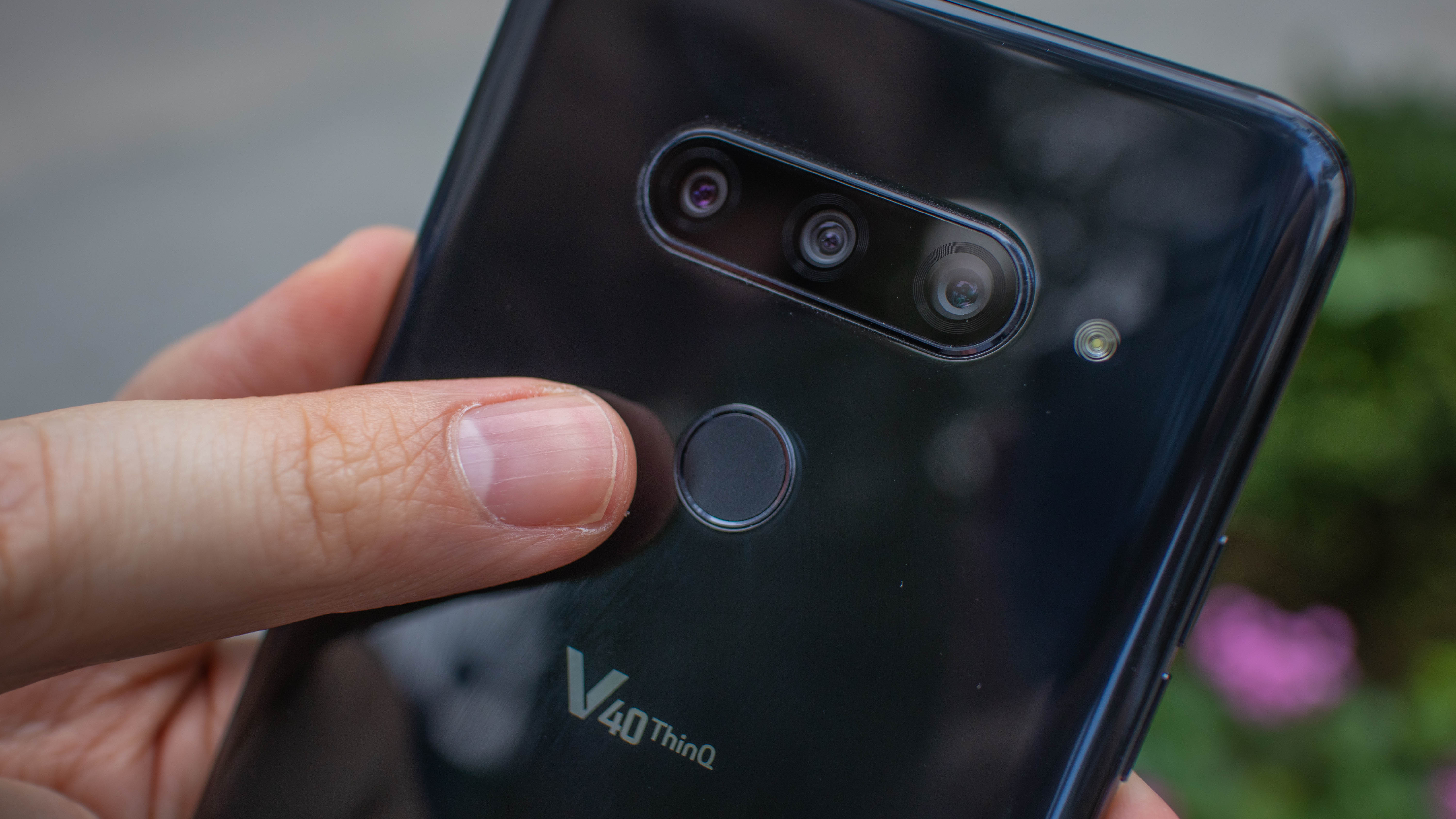
LG V40 ThinQ

Galaxy Note 9
Cameras
These phones start to differentiate themselves a lot more in the camera department. While Samsung’s Galaxy Note 9 has the new standard three camera sensors(two rear, one front), the LG V40 ThinQ went wild with five camera sensors (three rear, two front). The extra cameras on the LG V40 ThinQ lend it some more flexibility, but our experience still has Samsung coming out on top in imaging performance.
The LG V40 ThinQ’s main camera is the 12MP sensor with optical image stabilization, an f/1.5 aperture, 78-degree FOV, and 1.4μm pixels for good low-light performance. There is also a 16MP, f/1.9, 107-degree wide angle camera, and a 12MP, f/2.4, 45-degree, telephoto camera with 2x optical zoom. On the front there is both an 8MP sensor with 80-degree FOV and a 5MP sensor with a wider 90-degree FOV.
Samsung’s Galaxy Note 9 has a 12MP rear camera with dual aperture of f/1.5 and f/2.4, a 77-degree FOV, and 1.4μm pixels. The second rear sensor is telephoto for 2x optical zoom and has 12MP, an f/2.4 aperture, a 45-degree FOV, and 1μm pixels. Both of these sensors offer OIS. The front camera has an 8MP sensor, f/1.7 aperture, and 80-degree FOV.
The LG V40 ThinQ’s multiple sensors do offer more ways to shoot, and the phone even has a tool for snapping the same shot on all three cameras so you can decide afterwards which is best. But, Samsung still comes out ahead in photo quality.
Both phones are capable of recording video in 4K at 60fps and 1080p at up to 240fps, and both support digital image stabilization for video. However, the LG V40 ThinQ can record video in HDR, a trick the Galaxy Note 9 has surprisingly left out.
Price
When it comes to price, the LG V40 ThinQ is simply cheaper, but not by a wide margin. Pricing varies by retailer, but it will cost between $900 (about £695, AU$1,265) and $980 (about £755, AU$1,380). This compares to the Galaxy Note 9, which costs $999 (about £770, AU$1,405) for the base model. Discounts can bring the Galaxy Note 9 into the range of the LG V40 ThinQ, but discounts can’t always be counted on.
Of course, that extra bit of cost for the Galaxy Note 9 can be attributed to the inclusion of the handy S Pen, the 21% bigger battery, and the 128GB of base storage. These extras make it fairly easy to ignore the difference in price, especially since adding an extra 64GB of the internal storage alone usually comes with a decent uptick in price.
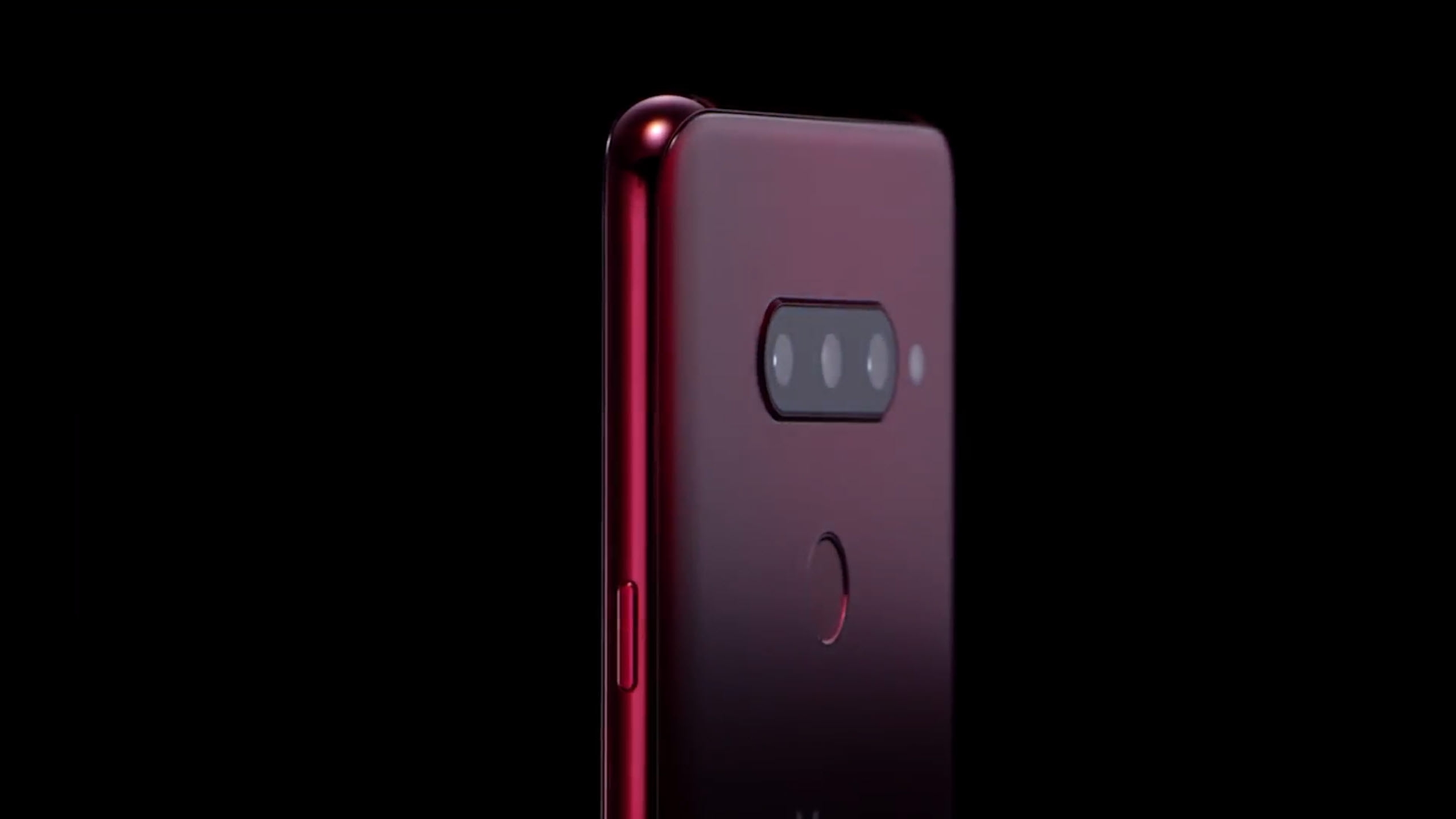
LG V40 ThinQ
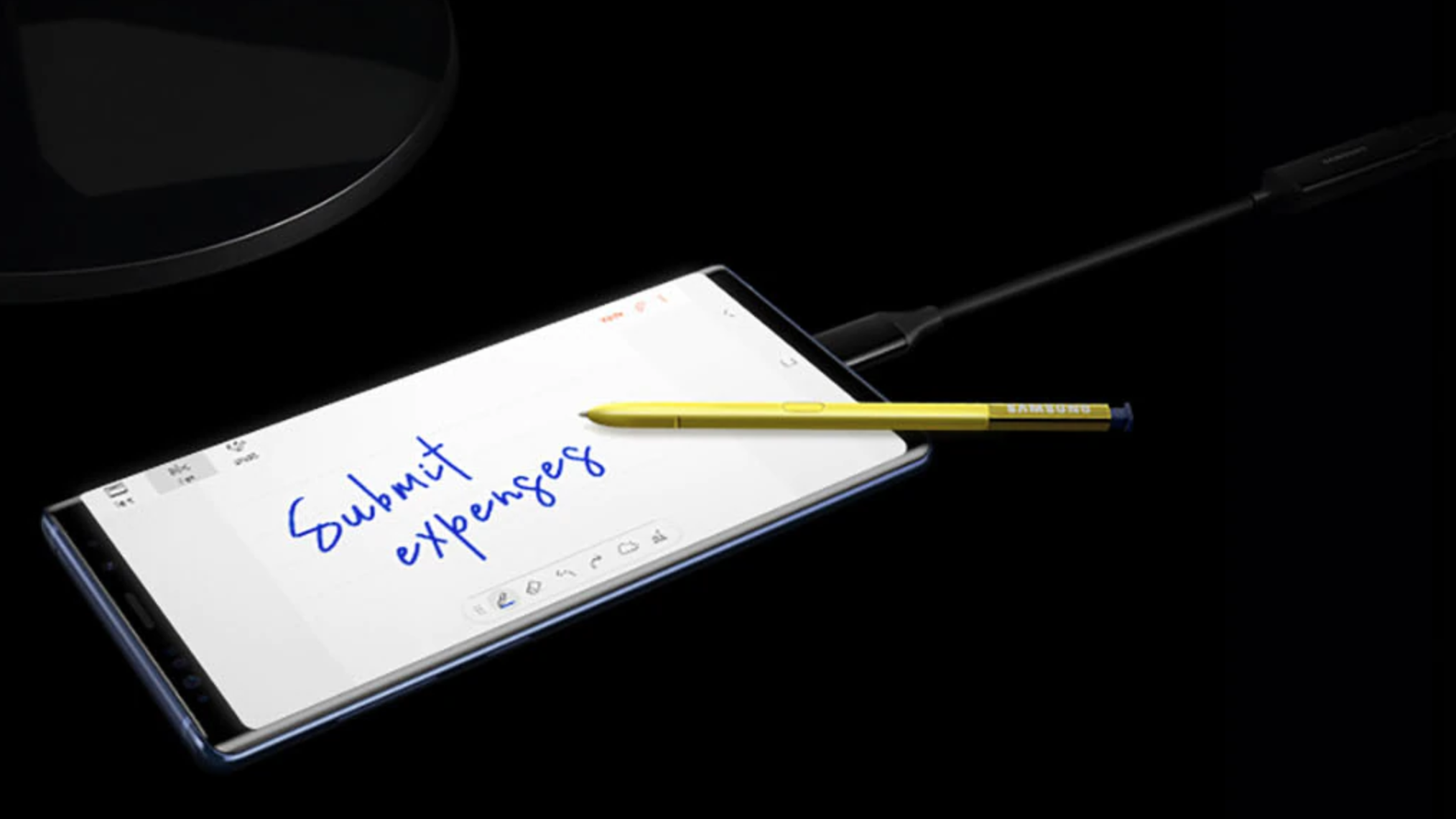
Galaxy Note 9
Takeaway
The LG V40 ThinQ and Galaxy Note 9 are two beasts showing what LG and Samsung can do at the top of their game. Both are offering a seriously premium smartphone experience, and there’s a high price for that.
The LG V40 ThinQ is offering a bit more in the way of portability, ruggedness, screen resolution, HDR video, camera versatility, and wired audio quality. The Galaxy Note 9 offers better photographic camera performance from the sensors it has, and edges out the LG V40 ThinQ in battery, storage, memory and screen brightness, plus it offers the unique capabilities of the S Pen.
There’s no going wrong with either phone, unless spending close to $1,000 is considered going wrong. Both are excellent, and which is the better choice will largely come down to how you want to use your phone, and which perks of one you can stand to trade off for the perks of the other. Of course, if you hate the trendy notch, maybe you should wait to see how the Note 9 stacks up against the upcoming Google Pixel 3.

Over the last several years, Mark has been tasked as a writer, an editor, and a manager, interacting with published content from all angles. He is intimately familiar with the editorial process from the inception of an article idea, through the iterative process, past publishing, and down the road into performance analysis.